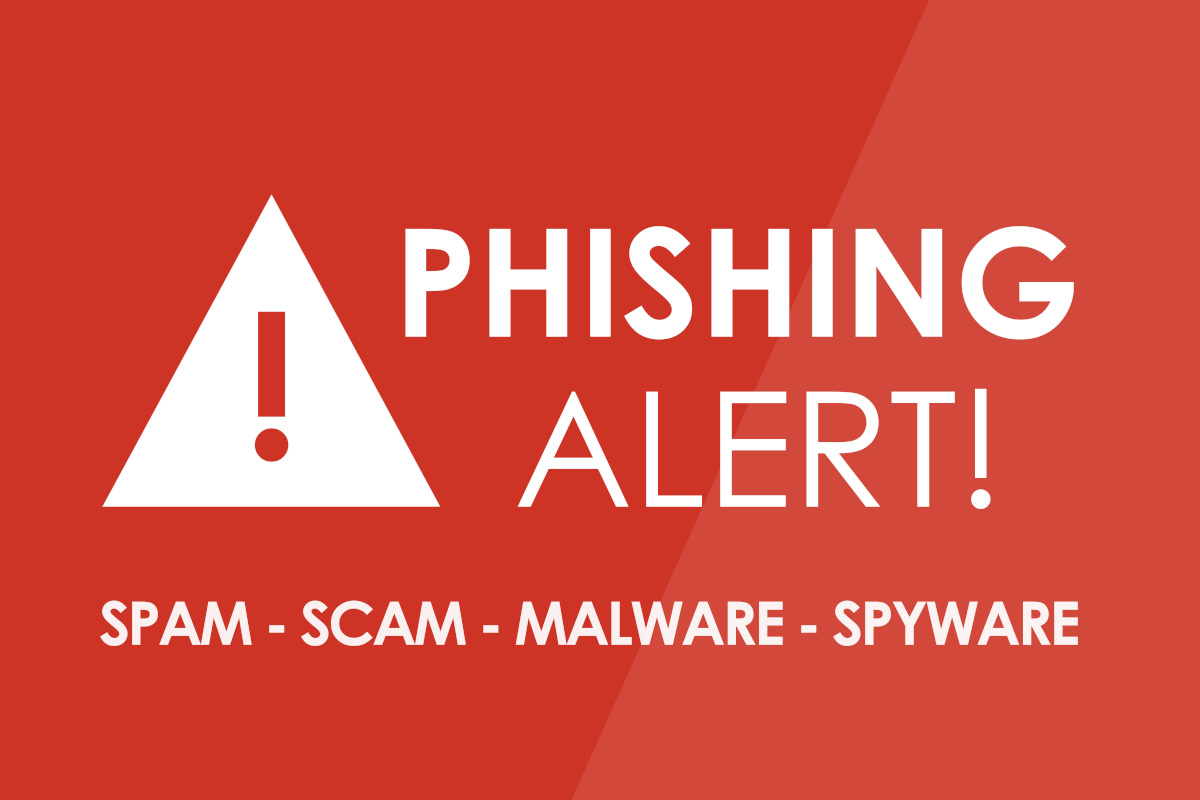What are the Different Types of Phishing Attacks?
February 1st, 2024 by William Wentowski

In the ever-evolving landscape of cybersecurity threats, one malicious tactic stands out as a constant menace: phishing attacks. These deceptive maneuvers have become increasingly sophisticated, targeting individuals and organizations alike.
Understanding the various types of phishing attacks is crucial for fortifying your defenses and safeguarding sensitive information in the digital age.
The Anatomy of Phishing Attacks
1. Spear Phishing
Unlike generic phishing emails, spear phishing is a targeted approach where cybercriminals customize their messages for specific individuals or organizations. By leveraging information gathered from social media and other sources, attackers craft convincing emails that appear legitimate, increasing the likelihood of success.
2. Vishing (Voice Phishing)
Vishing involves attackers using voice communication, typically over the phone, to trick individuals into divulging sensitive information. By posing as a trusted entity, such as a bank representative or IT support, perpetrators manipulate victims into providing personal details like passwords or financial information.
3. Smishing (SMS Phishing)
In the era of mobile communication, smishing has emerged as a prevalent threat. Cybercriminals use text messages to deceive recipients into clicking on malicious links or sharing sensitive information. These messages often appear urgent, creating a sense of immediacy that prompts swift but regrettable actions.
4. Pharming
Pharming involves the manipulation of DNS (Domain Name System) settings to redirect users from legitimate websites to fraudulent ones without their knowledge. Victims may enter sensitive information on these counterfeit sites, believing them to be authentic, leading to unauthorized access and data compromise.
5. Clone Phishing
In clone phishing, attackers create a replica of a legitimate email, often obtained from intercepted communications. The cloned email is then modified to include malicious links or attachments. Unsuspecting recipients, believing the message to be legitimate, may fall victim to phishing attempts.
6. Whaling (CEO Fraud)
Whaling is a targeted form of phishing targeting high-profile individuals within an organization, such as CEOs or executives. Cybercriminals attempt to trick employees into transferring funds or disclosing sensitive company information by impersonating these influential figures.
The Rising Tide of Cybersecurity Threats
As phishing attacks continue to evolve, so do the measures taken to combat them. Organizations need robust cybersecurity solutions to navigate the intricate web of deception that cybercriminals weave. One such solution is offered by BTS, a cybersecurity firm committed to providing cutting-edge protection against many threats.
How Phishing Attacks Harm Us
Phishing attacks pose a significant threat to individuals and organizations alike, causing harm in various ways. Here are some of the key ways in which phishing attacks can have a detrimental impact:
Financial Loss
Financial loss is one of the most immediate and tangible harms of phishing attacks. Cybercriminals often use phishing techniques to trick individuals into revealing their banking details, credit card information, or login credentials. Once obtained, these sensitive details can be used for unauthorized transactions, leading to financial repercussions for the victims.
Identity Theft
Phishing attacks frequently target personal information, including names, addresses, and social security numbers. With such data in hand, attackers can engage in identity theft, open fraudulent accounts, apply for credit in the victim's name, or commit other crimes that can tarnish the victim's financial reputation.
Data Breaches
In the corporate realm, phishing attacks can result in data breaches that compromise sensitive company information. This can include customer data, intellectual property, or confidential business strategies. The aftermath of a data breach often involves legal consequences, reputational damage, and financial penalties.
Disruption of Operations
Phishing attacks can disrupt regular business operations by compromising the integrity of computer systems and networks. Ransomware attacks, often initiated through phishing, can encrypt critical data, rendering it inaccessible until a ransom is paid. Such disruptions can lead to downtime, loss of productivity, and potential long-term damage to a company's reputation.
Spread of Malware
Phishing attacks often serve as a gateway for the delivery of malware. Malicious links or attachments in phishing emails can infect systems with viruses, ransomware, or other types of malicious software. Once inside a network, these malware strains can propagate and cause extensive damage.
BTS – Your Shield Against Phishing Attacks
In the battle against phishing attacks, BTS stands as a formidable ally, offering comprehensive cybersecurity solutions tailored to the evolving threat landscape. By leveraging advanced technologies and industry expertise, BTS provides a multi-layered defense strategy to safeguard your organization from various phishing attacks.
Secure your digital fortress with BTS cybersecurity solutions. Defend against the diverse array of phishing attacks threatening your organization—partner with us to implement proactive measures and fortify your defenses in the ever-changing cybersecurity landscape. Contact BTS today and stay one step ahead of cyber threats. Your security is our priority.
If you want to learn more about the Different Types of Phishing Attacks, contact us today.
Posted in: Cyber Security
